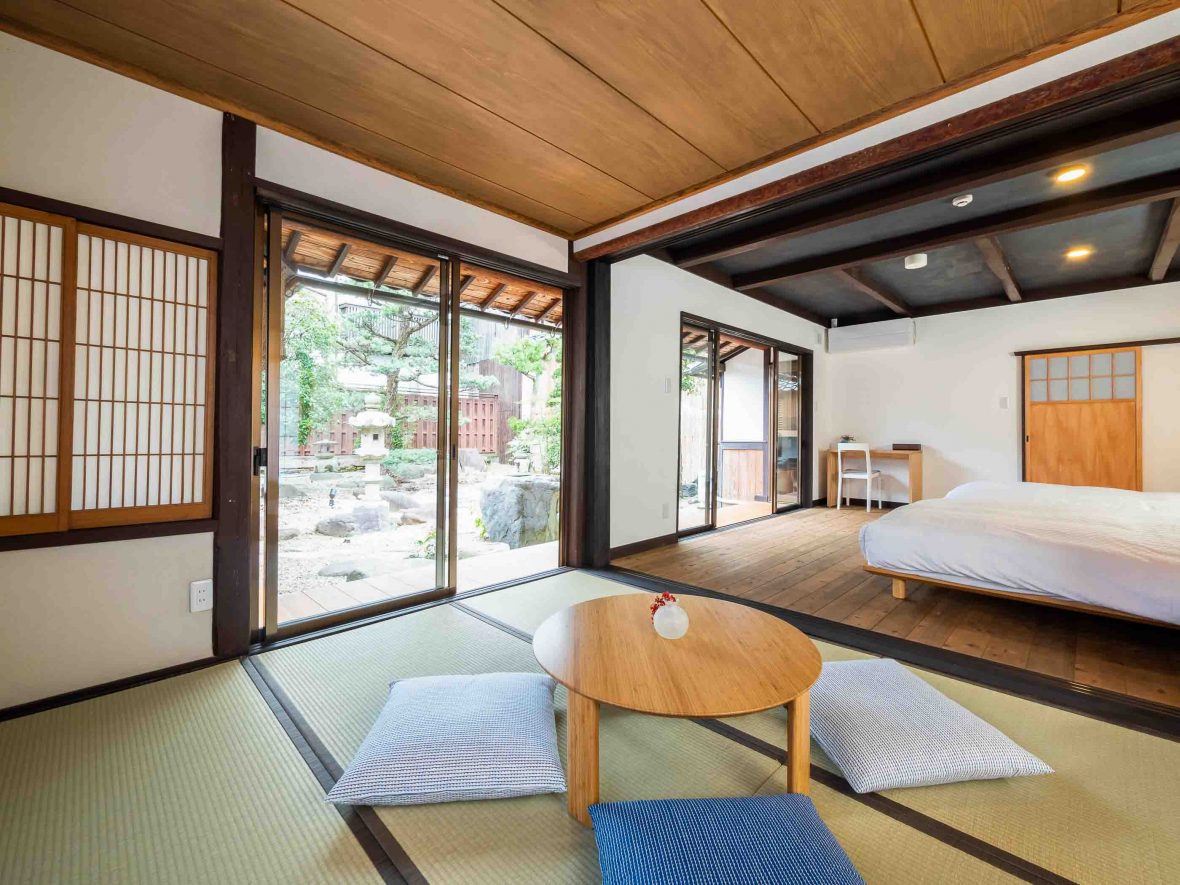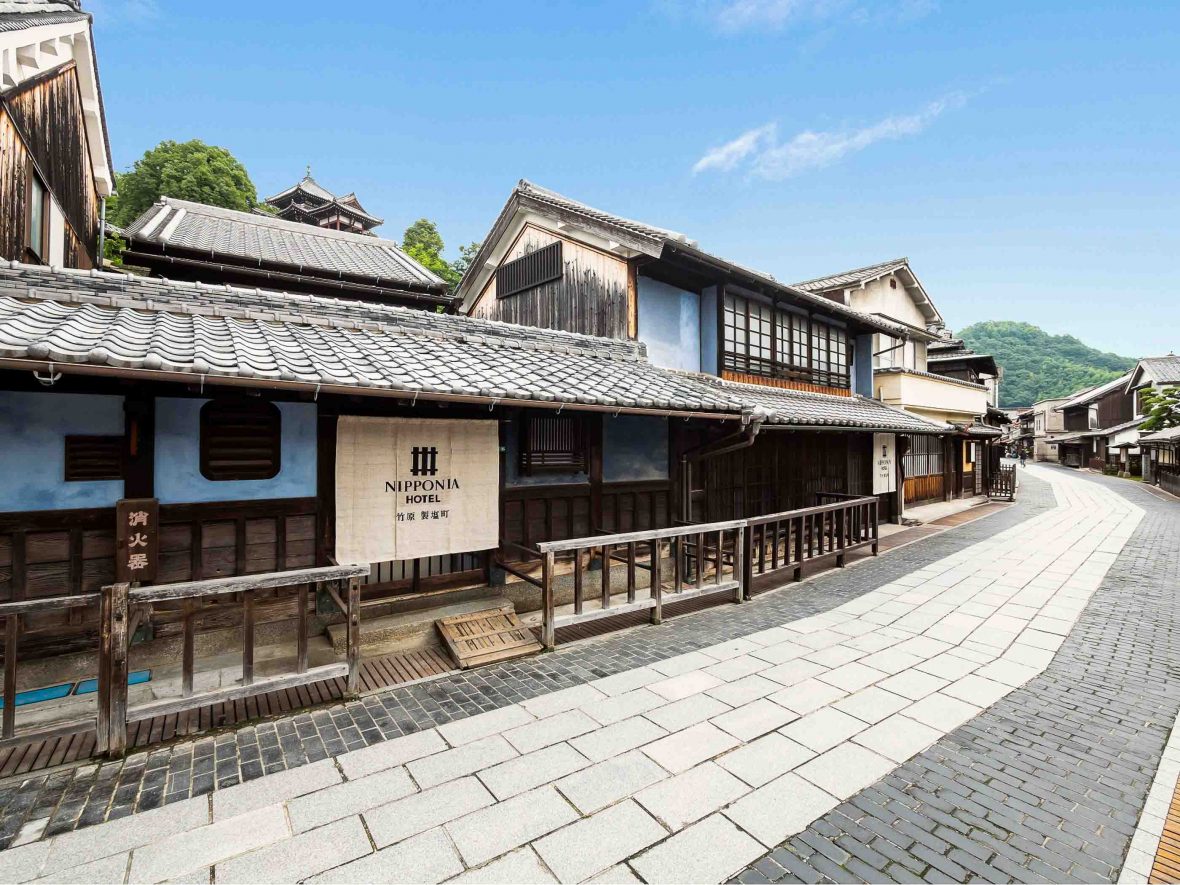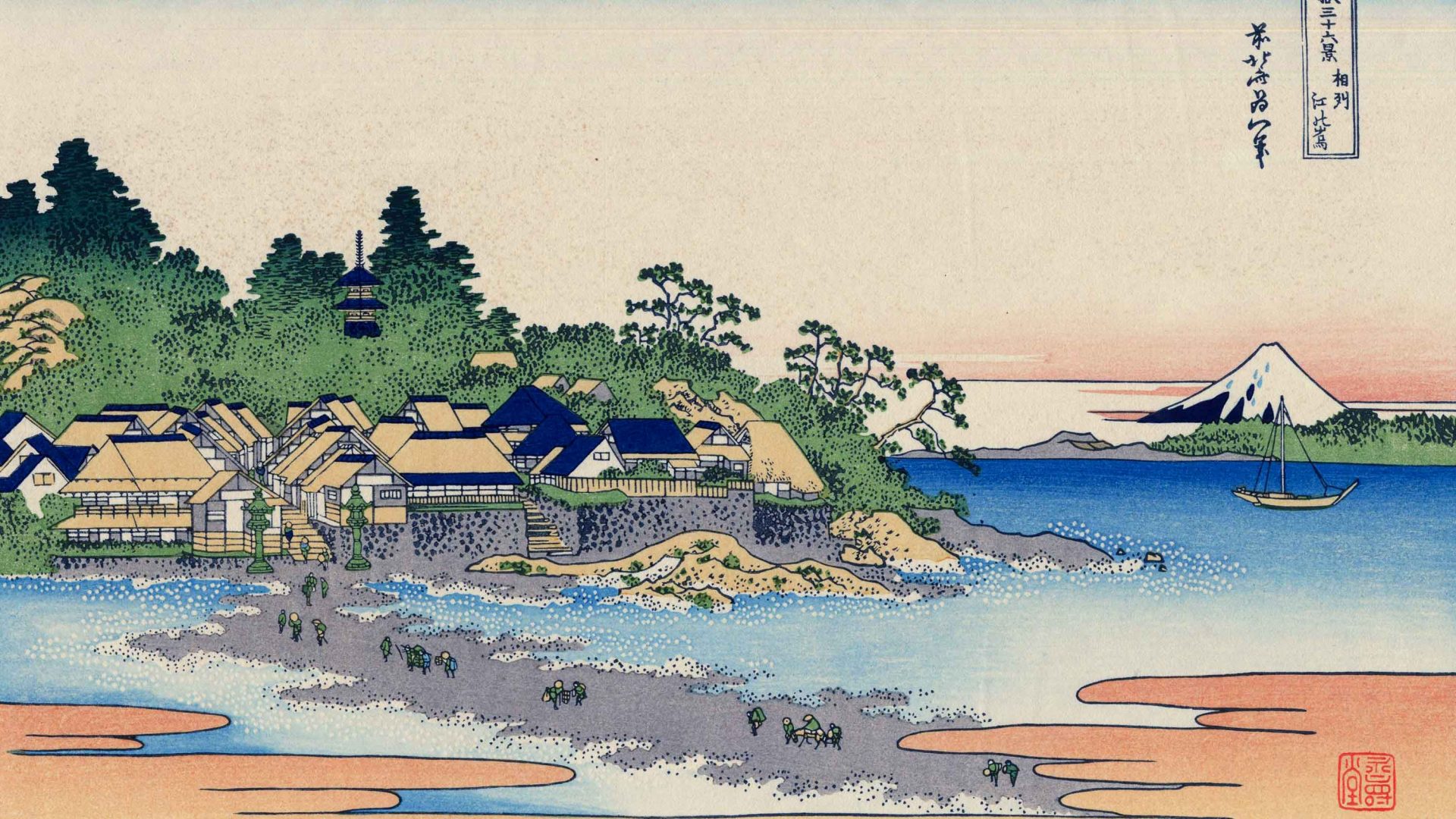
Disclaimer: Like many countries around the world, Japan has taken measures to slow and contain the spread of COVID-19, including closing their borders to incoming travelers.
For years, Japan’s rural kominka houses have been gradually transformed into guest houses, cafés, restaurants, and community spaces. Once touted as a saviour for the country’s small towns, Ligaya Malones explores how the pandemic has forced kominka into a brave new world.
Knees crunch as I lower myself into the recessed space of the horigotatsu, the low table, towards my breakfast: Pearly and fragrant sticky rice, fresh steamed vegetables and grilled fish sit in small, individual dishes next to a pot of tea. Bacon, yogurt, and a thermos of coffee are also among this Japanese morning sustenance.
As my lacquered chopsticks flit across the table like a grasshopper, two fellow guests nibbling their own breakfast spread watch me, expectant. They’re curious to know if I think more visitors to remote regions will hurt or harm these small towns.
This was before the pandemic struck, of course, but as an older millennial with a soft spot for an interesting origin story and a distaste for absolutes, the answer is: That depends.
We’re in Uchiko (read: far from Tokyo), a small town in Ehime Prefecture surrounded by mountains. I gaze around homey accommodations in our kominka, and try to imagine it and its narrow, practically barren streets in the Old Town filled to capacity.
Across Japan, where an excess of vacant houses have prompted some communities to practically give them away, kominka—traditional centuries-old family homes—are transforming into guest houses, boutique hotels and cafés, with their distinct features intact.












